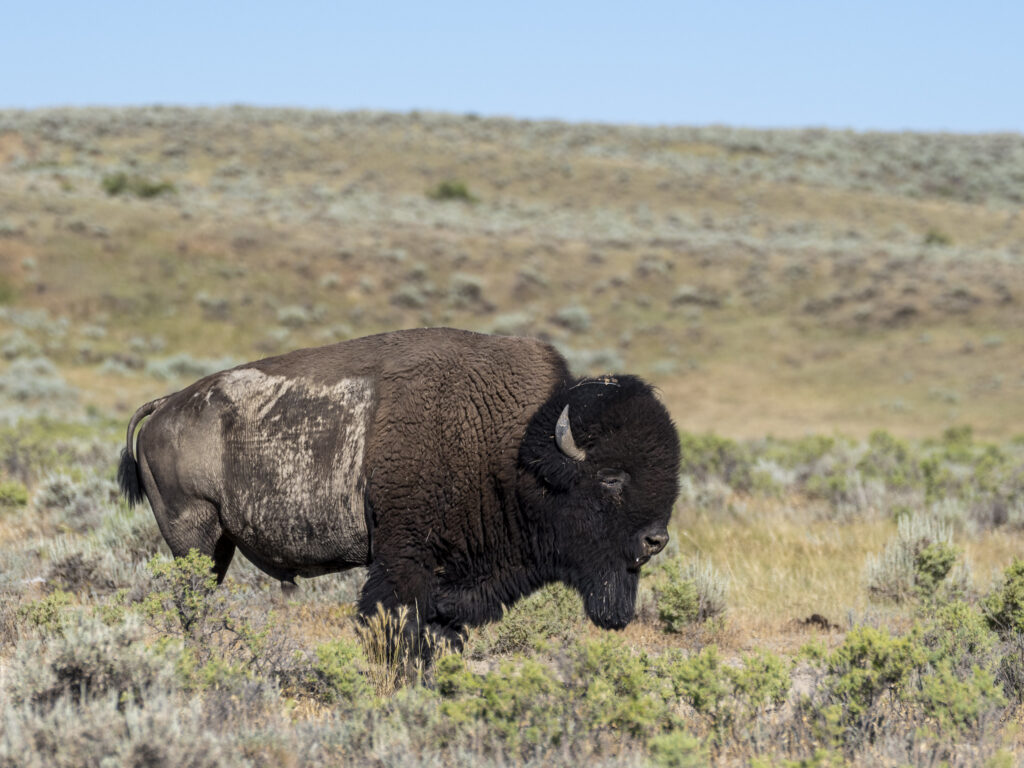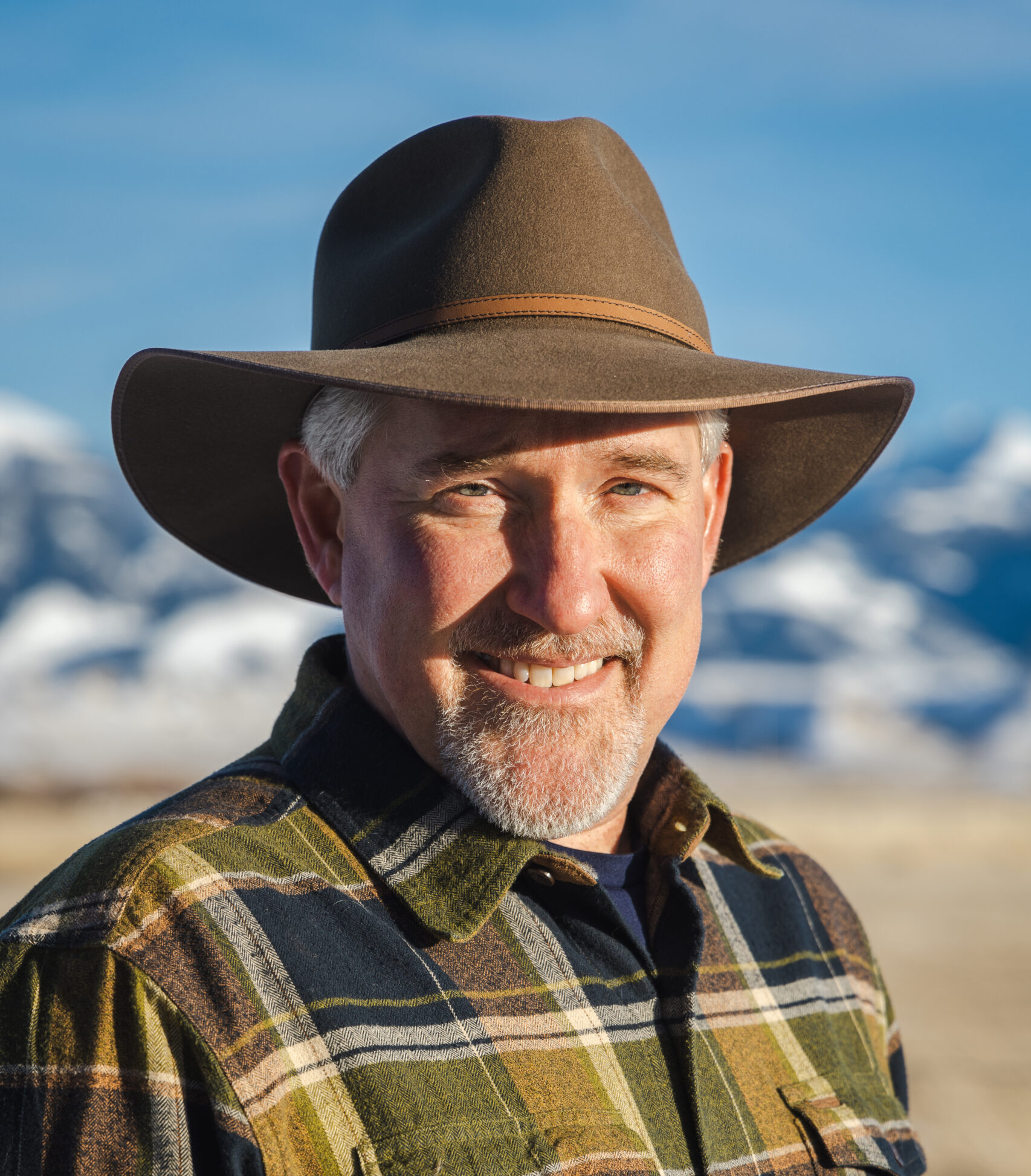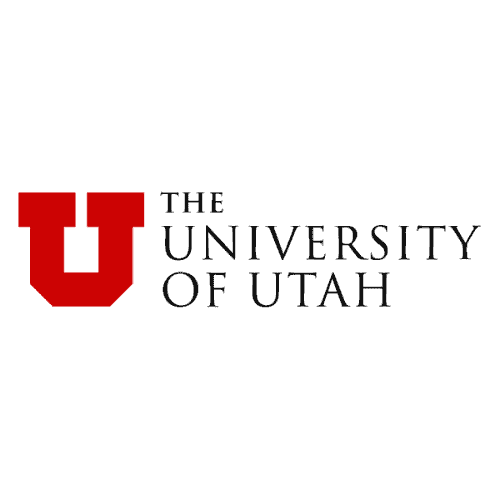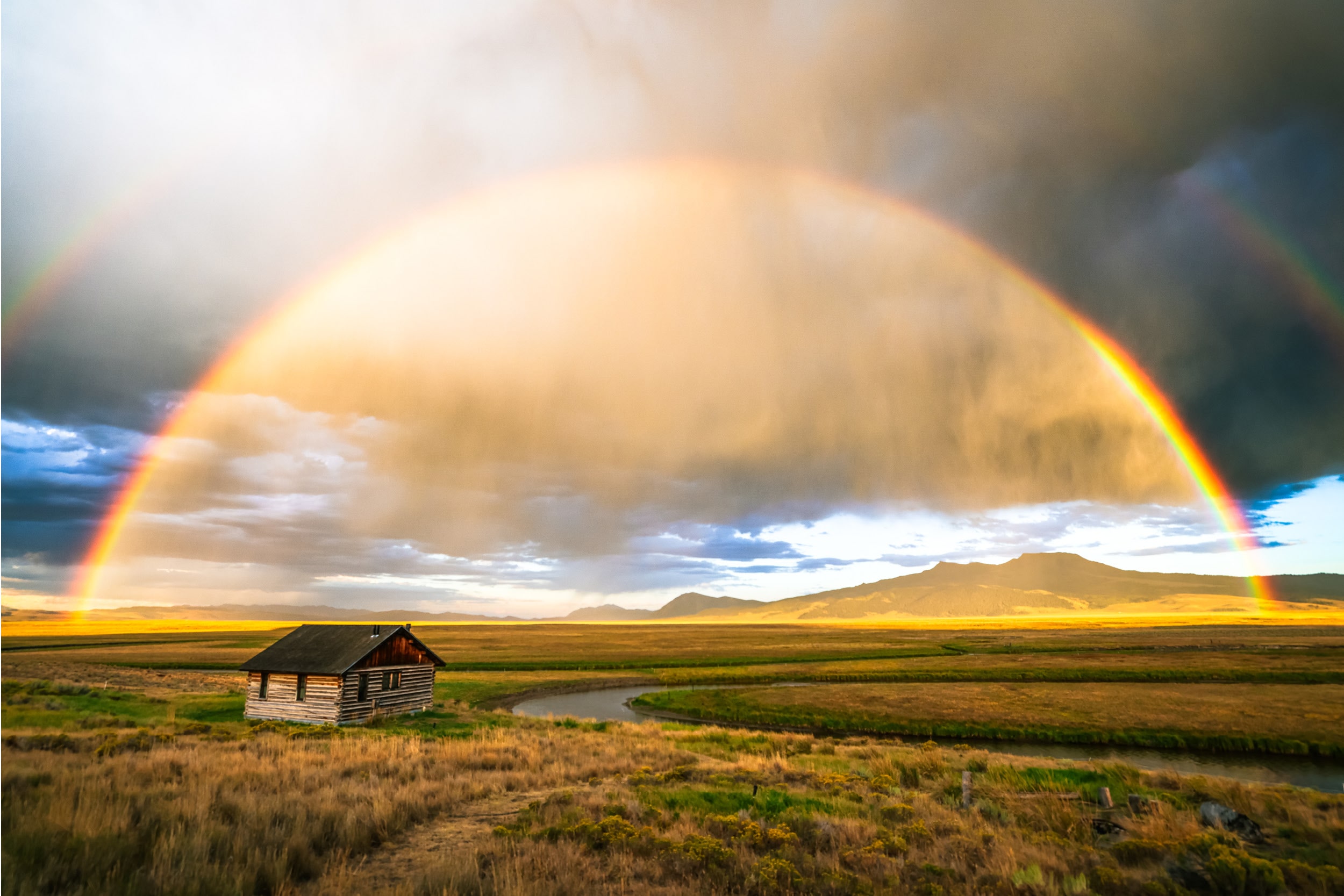
It’s mid-morning in Tallahassee, and I am sitting in a booth at Ted’s Montana Grill restaurant with Beau Turner, splitting a plate of bison sliders. At 39, Beau is the youngest son of Ted Turner. He is also the fish and wildlife manager for Turner Enterprises, Inc., which includes oversight of biodiversity projects and ranching for the nearly 2 million acres of land owned by the Turners.
There is irony here. The restaurant is decorated with dark wood, bison heads, and classic oil paintings of the West, yet Beau is here to talk about the Turners’ efforts to aid recovery of the bison—the very species on which we are deliciously feeding at the moment.
He explains that raising bison began as a hobby on their property in South Carolina nearly 30 years ago. Today it is a booming enterprise encompassing seven western states. Bison restoration, initially, had its own learning curve. “We made a lot of mistakes early on,” says Beau. When the Turners first began raising bison at the Flying D Ranch in Montana, calving rates dropped. So Beau learned about the importance of rotating the herd, grasses, rainfall, and the critical role of people in the restoration process. Today, their herd sustains an 80 to 90 percent calving rate.
The near extirpation of the American bison in the 19th century was one of the great environmental catastrophes in our nation’s history. Resilient by nature, bison have spent the last 100 years making a miraculous comeback. The credit goes to private ranchers, charities, and public agencies employing market-based approaches. Today, restoration of the bison is an environmental success story in its own right, with additional eco-benefits extending to our personal health, the Great Plains, and our publicly managed parks.
Remarkable For Its Fury
In the early 1800s, it was believed as many as 30 million bison roamed the Great Plains. Their natural predators were few, primarily wolves and Native Americans. That changed with manifest destiny. As bison came to be valued for their hides and leather, the slaughter of the great herds began.
Environmental historian Stephen Krech described the extermination as “remarkable for its fury.” In just three years, the entire southern herd was wiped out by buffalo hunters, only to be followed by the evisceration of the northern herd by 1884. Indeed, the bison were very close to extinction; it is likely there were less than a thousand left at the turn of the century.
Western orthodoxy suggests the white man’s irresistible drive for wealth led to the bison genocide. Reality, however, proved more complicated. Their near extinction was due to a host of factors ranging from adverse climate issues, introduction of the transcontinental railroad, emergence of a horse culture on the plains bringing more efficient hunting, the advent of the Sharp’s rifle known for its deadly accuracy and distance, as well as government policy that promoted the end of the bison as a means of calming hostilities with the Native Americans.
One underlying factor, however, may have contributed more than any other. The tragedy of the bison was one of the starkest examples of the tragedy of the commons. No one owned the bison. Those who were not the first to capture the economic benefits of a bison lost those benefits to someone else. This created a race to the finish—a bison derby. Recreation magazine captured the essence of the situation in 1901: “A wild buffalo is looked on as a small fortune walking around without an owner.”
As bison numbers plummeted, sportsmen, including Theodore Roosevelt, rushed in for one last chance to hunt the now-elusive animal. Roosevelt declared, “Gone forever are the mighty herds of the lordly buffalo.” Saloons and owners of Victorian parlors paid as much as $1,500 for a bison head—a price that mirrors the cost of a bison head in 2007. Even the Smithsonian commissioned a hunt in Montana, led by the eventual founder of the American Bison Society, to secure exhibits before there were none left.
Entrepreneurs To The Rescue
Just as enterprising men helped hasten this environmental calamity, so too did individual entrepreneurs, private ranchers, and charities help bring the bison back from the brink.
Motivated primarily by profit, the bison’s recovery began with a few western cattle ranchers, Charles Goodnight in Texas and Frederick Dupree in Montana, who thought the novelty value of saving the last remaining bison might be high. Both men captured a handful of wild bison that eventually became the seed herds for ranches and government preserves.
About the same time, a group of wealthy Easterners organized the American Bison Society in 1905 for the protection of the bison on public preserves. Members raised $10,000 in private contributions to buy a herd for the newly created National Bison Range in Montana.
While many bison were preserved as part of public herds in places like Yellowstone, bison restoration on public land has been limited by geography and capacity. In 1914, the federal government owned just 10 percent of the captive bison in the United States, which amounted to just a few hundred. Today, with 20,000 bison in public herds, government still manages less than 10 percent of the bison.
The real story, however, is on America’s private ranches. Due to an emerging market for bison meat, bison numbers have rebounded today to 250,000 in the United States, the majority in private herds.
A Sustainable Bison Market
Nobody understands the bison market better than Ted Turner. In fact, one might argue, he is the bison market—his 45,000 bison represent nearly 20 percent of the nation’s total bison population. And his restaurant chain is helping to take bison meat mainstream. Ted’s Montana Grill restaurants, nearly 50 of them, are only a portion of the market for Turner’s bison herds.
If Ted is stimulating demand, it is Beau’s job to ensure the supply. Beau appreciates the role of his family’s operation in enhancing the future of these magnificent animals. “By promoting bison ranching, by promoting the bison industry as a whole, we move away from ever listing the bison as an endangered species,” he explains. “We should be proud of that. Private ranchers are definitely doing a service for bison.” The Turner family, by capturing the economic value of the bison, is now in a unique position to help restore the bison to its native lands.
That is good for the bison, but it is also good for health-conscious Americans. It turns out bison meat has far fewer calories and less cholesterol than other meats. It is also an organic meat that does not need growth hormones. Therein lies the market, and ultimately salvation for the American bison.
As Time magazine recently observed about the bison, “Sometimes you have to eat an animal to save it.” Today, bison is the fastest growing sector of the meat business. Consumer demand for bison meat increased 21 percent last year, outpacing the 17 percent increase in 2005. While bison meat may cost more today, that may change as beef prices come to reflect the movement of grain into the production of ethanol. Bison meat sales totaled approximately $236 million in 2006, with an overall economic impact of $500 million.
Bison ranching also gives the Turners the opportunity to diversify their revenue streams from the land—including hunting, fishing, and timbering—and ultimately helps make Turner Enterprises, Inc. a better business. As Beau reminds me, the goal of our business is “to manage the land in an economically sustainable and ecologically sensitive manner while promoting the conservation of native species.”
Cheyenne River Ranch
Outside Rapid City, South Dakota, on a much different scale, another conservationist-rancher is working to restore the bison. Dan O’Brien, along with his wife Jill Maguire, own 300 bison and a company called Wild Idea Buffalo. Their scenic Cheyenne River Ranch includes 1,500 deeded acres and another 20,000 acres that they lease from Buffalo Gap National Grasslands.
O’Brien has carved his own niche market for bison. Comparing what he does to a winery, O’Brien takes great pride in field harvesting the bison he ships to customers around the country. Rather than moving his bison to a slaughter house, Wild Idea bison are dressed in the pasture where they stand at his ranch, with a meat inspector there to approve. The harvest harkens back to an earlier time. “The concept is very sellable,” explains O’Brien. “It’s a very spiritual, humane nature of harvest. We don’t get stress or adrenaline in the meat.”
In 12 years, O’Brien’s business has expanded to 5,000 customers who he describes as “environmentally conscious.” His method of care and harvest are a big reason customers order his meat. Ninety bison are harvested each year on average and his revenues have continually grown.
A former cattle rancher and Great Plains preservationist, O’Brien is also emphatic about the environmental benefits that come from raising bison. Foremost, he sees a difference with impacts to riparian zones. “In this country, water is so important. We have springs and the river. But you find cattle standing in the water, defecating and trampling the vegetation around it. Buffalo are up on the hill in the breeze.”
He also sees a benefit for the adjacent National Grasslands. When O’Brien leased his 20,000 acres from Buffalo Gap, he received a permit for 70 percent of the grazing rights. Where the previous owners would graze 600 cows in the summer, O’Brien only turns his bison loose in the winter with far less impact to the grasslands. Benefits come not just from the seasonal change, but because bison graze “on the move”—missing a lot of the grasses. “We are marketing the health of the Great Plains,” explains O’Brien, “and the buffalo are a big part of that.”
Custer State Park
Not far from the Cheyenne River Ranch, at the emerging edge of the Black Hills, sits Custer State Park. It is just after dawn and I am standing on an overlook with 9,000 people who have come from around the world to witness a 41-year-old tradition. Each year in October, Custer hosts a roundup of its bison herd, complete with stampeding buffalo and cowpokes on horseback.
We first see the bison profiled against the blue morning sky along a distant ridgeline, appearing to move single file. After disappearing for a few minutes, the herd comes back into view, looking like fingers of maple syrup pouring slowing down a grassy slope. Before being brought into corrals, more than 1,000 bison sweep down in front of the crowd, giving visitors a rare opportunity to see a part of our vanquished history. “That’s what they are coming to see,” says Superintendent Richard Miller of his park’s 1.5 million visitors. Custer State Park is yet one more example of the bison’s return—a public example.
As part of its ecological management, Custer uses the bison to help financially sustain the operations of this wildlife sanctuary. The state park can trace the origins of its bison to Dupree’s last remaining animals and, today, in turn is helping to supply bison to private ranchers. Though Custer has a limited carrying capacity, live bison sales at auction are fueling an increase in bison on private lands. Trophy hunts, generating $5,000 for an overmature bull, are also producing revenue for the park.
During the bison market boom of the late 1990s, Custer was bringing in $1.2 million from the bison. “At that time, it was a toss up between buffalo and visitor services as to who was the budget hero,” Miller said. Today, as the market has stabilized, that number is closer to $300,000. This is still enough revenue with the additional income from tourism, hunting, and timber sales, that Custer can claim it is “operationally self-sufficient.” In this case, managing for the health of the herd and the park provides a win-win for both Custer’s bottom line and its wildlife.
Pay Their Own Way
At a quarter of a million strong, the bison comeback is one of the most remarkable stories of a species recovery in the last hundred years. The bison have made their own way back—without assistance from the Endangered Species Act—largely because private conservationists and public preserves were able to market the majesty of this American icon.
“If buffalo are going to make a comeback, they are going to have to pay their own way,” says O’Brien. “Public herds can’t do it with their hands tied; governments are not geared for that. Only private enterprise can get that job done.”
Yet, public preserves like Custer and Yellowstone have provided a measure of protection for the bison and wildlife viewing opportunities for visitors. That alone has helped create a constituency for and a fascination with the American bison—a chance for ordinary people to experience this heritage up close.
Beau Turner agrees with the importance of public conservation, but he also talks about an advantage that goes with private conservation efforts: “I don’t want to lose people being close to the land and the creativity that comes with ownership. Ownership of the land ties you to it.”
With the future of this once endangered animal in the hands of eco-ranchers and market-minded preserves, the outlook for the “lordly buffalo” is promising—a chance to return lands to a native species and, through ownership incentives, to right past wrongs.



